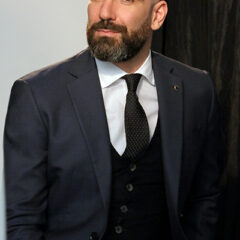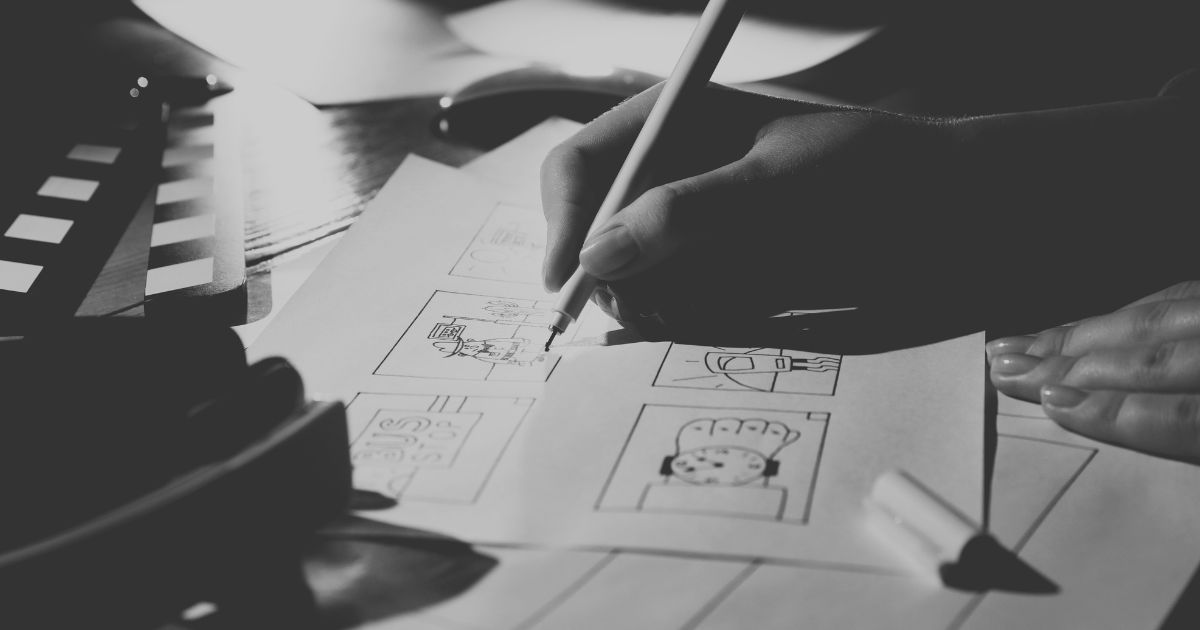Recently, one of the registrants for our upcoming “One Thousand and One Copyright Questions” Webinar, scheduled for May 18, presented me with an intriguing case.
This artist reports that he created an image for an advertising agency for a specific project: the image was actually used as the back cover of a trade magazine. However, the artist claims that, according to the agreements made, the use of his creation should have been limited to that context.
In contrast, the artist later discovered that the same image was then used by another agency and, stripped of its credits, had appeared full-page in a national newspaper and used for an advertising campaign for a completely different product.
In this article, we will examine this case in detail, treating it as a typical case, and discuss possible solutions for artists and content creators who find themselves in similar situations.
The commissioning of an artistic work in advertising: what does the law provide?
When an advertising agency commissions a work–such as an illustration–from an artist for an advertising campaign, it establishes a contractual relationship that is governed by copyright law.
According to Article 110 of the Italian Copyright Law, “the transmission of the rights of use must be proven in writing”. However, as clarified by the Italian Supreme Court ( Civil Cassation, Sec. I, 24/06/2016, No. 13171), Art. 110 does not apply when the patron acquires the rights of economic use of the work on an original basis, in performance of a contract of intellectual work concluded with the author.
This contract implies the transfer of the rights of economic exploitation pertinent to its subject matter and purpose, allowing the work to come into existence and be acquired on an original basis by the principal, who is entitled to use it economically for the agreed publicity purposes. However, such original acquisition cannot go beyond the purpose and scope of the contract in any case.
In the case at hand, an artist had created an illustration for an advertising agency. The image had been used as the back cover of a trade magazine, as stipulated in the contract. However, the artist discovered that the same image had then been used by another advertising agency for a campaign in a national newspaper, without his consent. In addition, the artist’s original credits had been removed in the new advertisement. This situation would seem to represent a clear violation of the artist’s copyright, unless the agency had acquired the rights to the economic use of the work in its original capacity, as required by the Italian Supreme Court ruling cited above. However, this seems unlikely since the artist was not aware of such use and there was no written agreement to that effect.
Steps to follow in case of copyright infringement and breach of agreements
If you suspect a violation of your copyrights, it is critical to act quickly and appropriately. Here is a step-by-step guide on what to do:
- Document the evidence: The first step is to gather all possible evidence of infringement. This can include screenshots, copies of advertisements, newspaper articles, or any other material that demonstrates the unauthorized use of the work. It is also important to keep all communications related to the work, such as contracts, emails, and correspondence (obviously, this step should be addressed before contacting the infringer).
- Contact the infringer: The next step is to contact the person or organization that is believed to have infringed the copyright. In many cases, one communication may be enough to resolve the situation. It is important to be clear about what rights you believe have been infringed upon and what you want to see happen (clearly, if the intimation comes from a specialized lawyer, it is more likely to get factual feedback from the infringer).
- Seeking redress: If the violation is serious or if the infringer does not respond to the notice, it may be necessary to consider taking legal action to obtain compensation consistent with the extent of the wrongdoing suffered (even with respect to damages, a lawyer can develop a functional theory for quantifying and claiming).
Although it may seem like a simple process, dealing with copyright infringement can be quite a complex task, and experience in the field can play a crucial role. This is why it is essential to consult a copyright lawyer.
A lawyer can provide valuable advice on how to proceed, can help document evidence, can draft the notice to be sent to those involved in the infringement, and can represent the artist in the event of legal action.
Remember, copyright protection is essential to ensure that artists are fairly compensated for their work and that their works are not misused or used without permission.
How to prevent copyright infringement
To protect their works from future breaches, artists can adopt several preventive strategies. Here are some tips:
Using the Copyright Symbol: Adding the visible copyright symbol (© followed by the year of creation and the author’s name) can act as a deterrent to potential copyright violators. Although it is not strictly necessary to claim copyright, it can help clarify that the work is protected (under Article 8 of the Copyright Law, “He is deemed to be the author of the work, unless proven otherwise, whoever is referred to therein as such, in the forms of use, or is announced as such, in the performance, performance, and broadcasting of the work”).
Registration of the work: Although copyrights automatically apply when a work is created (see Art. 6 Copyright Law), registration of the work with the relevant office can provide stronger evidence in case of a dispute.
Negotiating clear contracts: When working with clients or commissions, it is important to have clear contracts that outline exactly how the work can be used, for how long, and in what contexts. This can prevent misunderstandings and potential abuse.
Know the law and your rights: It is critical that artists know their rights and the legal protections available to them. The Italian implementation of the Copyright Directive has introduced some important provisions including transparency obligations (those who exploit a work must regularly disclose to the author information about the commercial exploitation of the work, including the revenue generated and the remuneration due), further remuneration (if the agreed remuneration turns out to be disproportionately low compared to the revenue derived from the exploitation of the work over time, authors are entitled to further remuneration), contractual termination (in case of failure to exploit the work, the author can act for termination, even partial, of the licensing or rights transfer agreement).
To explore this further, I invite you to read my article on contracts and self-defense: https://www.canellacamaiora.com/contracts-and-self-defense-practical-tips-for-authors-of-images/
In summary, copyright infringement is a serious problem that can have a significant impact on an artist’s career and income.
It is essential to be aware of one’s rights, act appropriately when those rights are violated, and take preventive measures to protect one’s works. Although it may seem daunting, with the right information and support from copyright professionals, it is possible to navigate these complex waters and ensure that one’s works are protected. We encourage all artists not to underestimate the importance of copyright protection and to seek qualified legal advice when necessary.
© Canella Camaiora S.t.A. S.r.l. - All rights reserved.
Publication date: 17 May 2023
Last update: 7 May 2025
Textual reproduction of the article is permitted, even for commercial purposes, within the limit of 15% of its entirety, provided that the source is clearly indicated. In the case of online reproduction, a link to the original article must be included. Unauthorised reproduction or paraphrasing without indication of source will be prosecuted.

Arlo Canella
Managing Partner of the Canella Camaiora Law Firm, member of the Milan Bar Association, passionate about Branding, Communication and Design.
